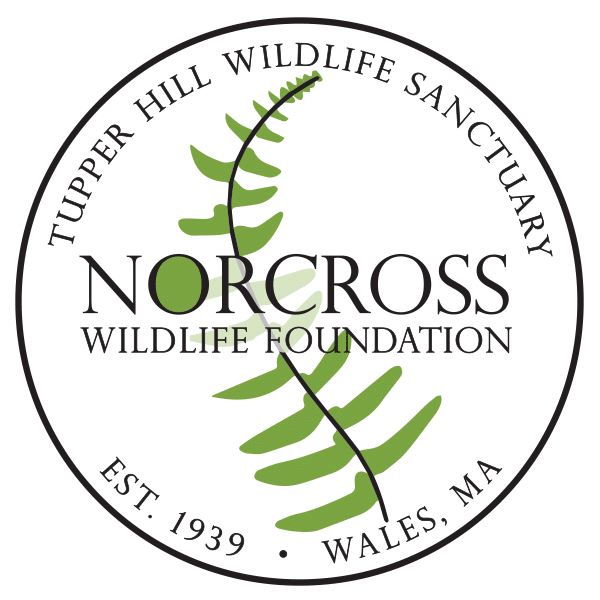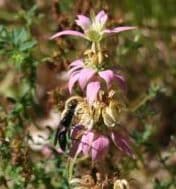Several years ago, I bought the book “The Secrets of Wildflowers” by Jack Sanders. I was interested in doing some programs on ethnobotany (the study of the relationship between humans and plants) at Norcross, but did not know a lot about the uses of wildflowers – except as specimens in the garden. It is a fun book to read and provided me with a lot of information that was very helpful as I put together the program.
There are a few tidbits from the book that always stay with me. Whenever I see a particular plant, it stirs memories from the book. The spreading dogbane (Apocynum androsaemifolium) has been blooming over the last few weeks and this is one of those plants.
Dogbane is designed to be pollinated by butterflies who are large and have long tongues that can dip deeply into the flower and as they retrieve the nectar reward. The pollen adheres to their tongues in kind of a cement and pollen mixture that is transported to other flowers for cross-pollination. Other insects such as flies and weaker pollinators with shorter mouthparts become mercilessly stuck in the flower’s interior area, which is barbed. Dogbane “are certainly the bane of flies and various other smaller insects for whom they are a deathtrap.” “The fly’s short tongue is guided in to a V-shaped cavity. After it has sipped the nectar its tongue becomes wedged in the traps horny teeth. The poor victim is held prisoner until it slowly dies of starvation. It is common to see these dead insects dangling by their tongues from the flower.” (Sanders, 2003)
The name is curious and somewhat misleading. Dogbane was apparently once used to treat a dog bite. The plant contains latex sap which is acrid and poisonous. Most herbivores will avoid eating this plant and it is mildly toxic to humans, so the idea that spreading dogbane will treat anyone bitten by a mad dog could be a dangerous one!
Here at Norcross, spreading dogbane can be found around the pond garden, in our growing area and in “wild areas” of the sanctuary gardens. It is somewhat weedy and the flowers are borne in clusters, but are small and not very showy so it is not a choice plant for a garden setting. It has reddish stems and bluish-green leaves. Whenever I pass a patch of it I glance over, in hopes of seeing that poor fly hanging by its tongue!



